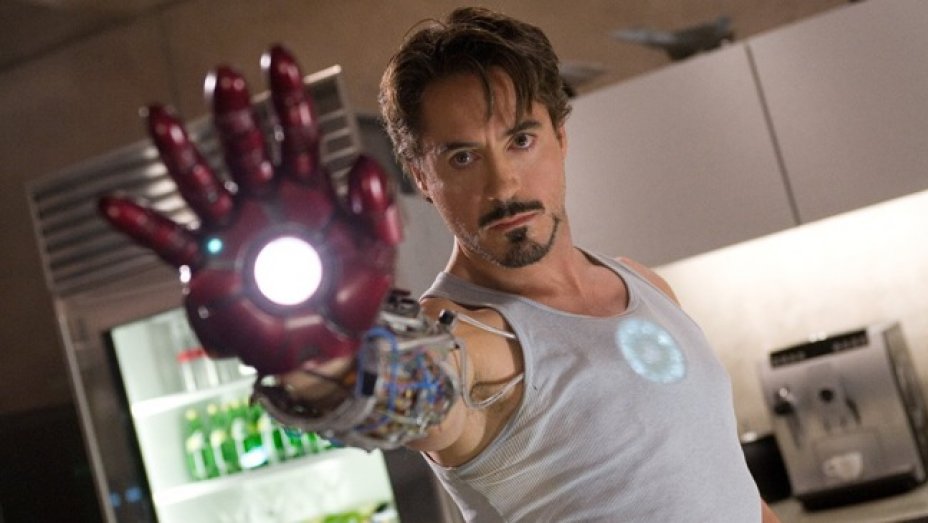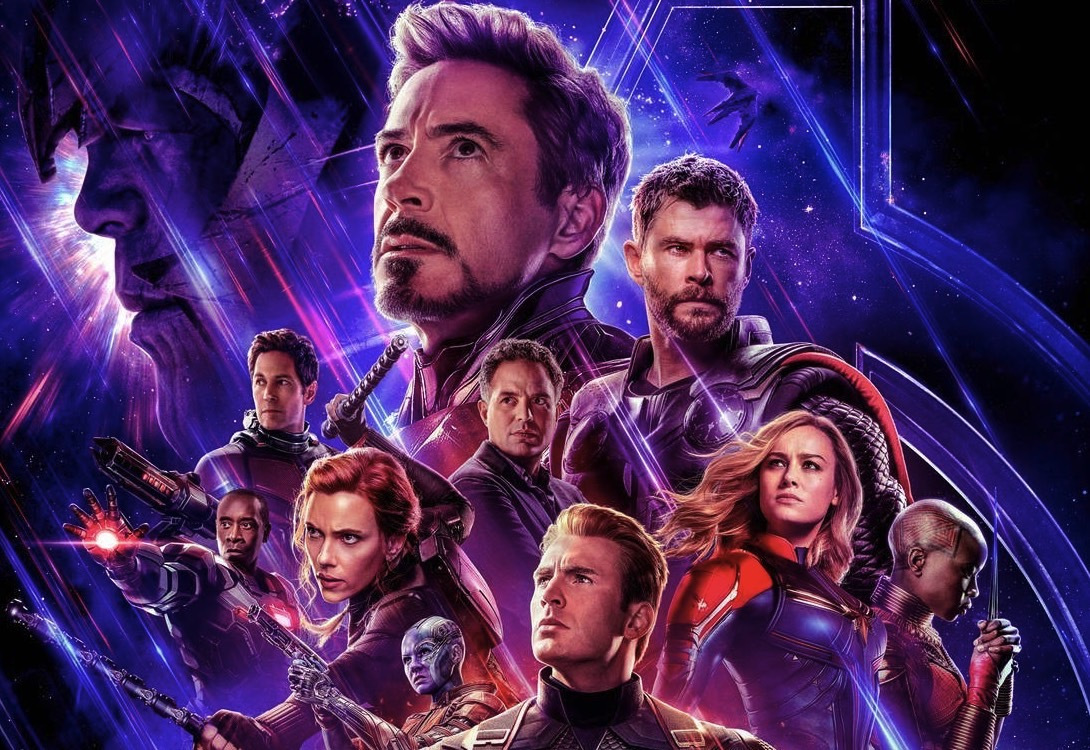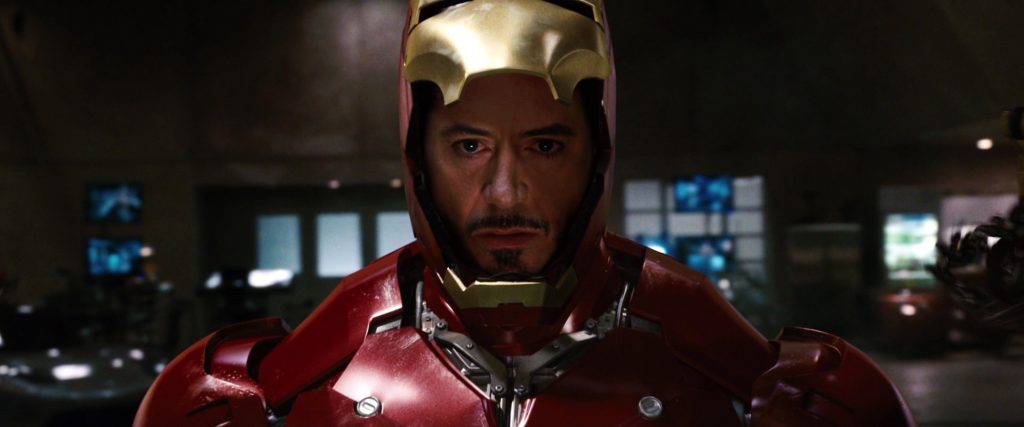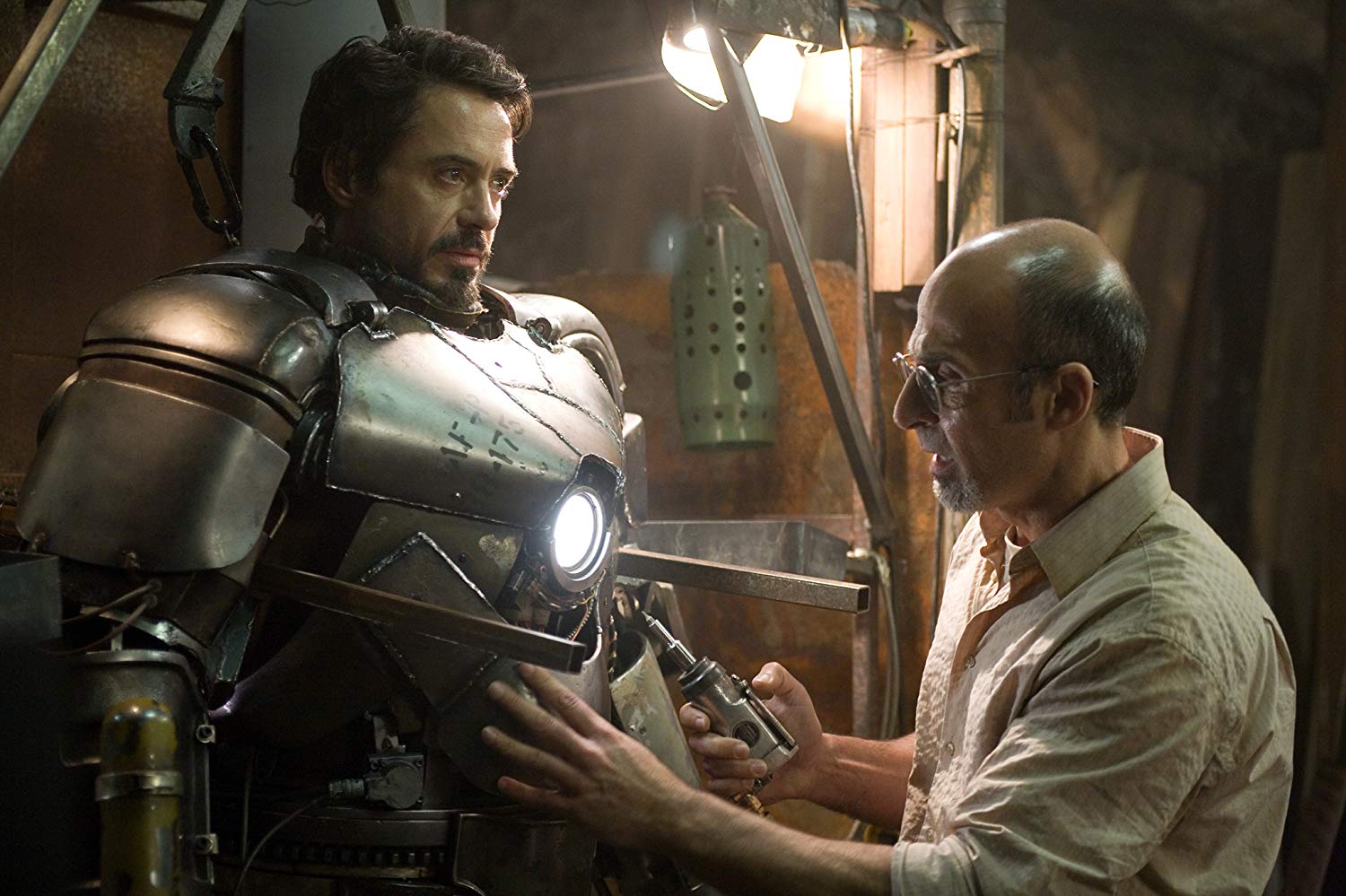This is a SPOILER-FILLED article.
2018 marked the 10th Anniversary of the Marvel Cinematic Universe. The universe that with the help of Nolan’s Batman Begins and The Dark Knight ushered in a new age of popular culture. And in a couple of weeks time, we’ll be rallying behind The Avengers as we march into the 22nd film of the MCU; the final chapter of what is now being called the Infinity Saga — Avengers: Endgame.
Under the guidance of Kevin Feige, the Marvel Cinematic Universe has become the highest grossing movie franchise of all time, making over $18 billion worldwide and earning a consistently positive string of reviews. A couple of months ago, the MCU film with a black director, a black protagonist and mostly black supporting cast, broke the glass barrier and became the first comic book to ever receive an Oscar nomination. I am of course talking about Black Panther. Oh how far we’ve come from the days of Neon coloured Batmobiles and pointy Batnipples.
But what’s truly remarkable is that Feige and gang managed to set loose a cultural shifting tsunami using only B, C and F grade characters, something that Warner Bros and the DCEU initially struggled to do with characters that have been universally beloved for the past 50 years. Yeap, you read that right! The characters in the MCU that we have come to adore so much, weren’t even Marvel Comics’ most popular characters.
Back in the early 90s, (because of financial issues and various business-y reasons that is better suited for a different article) Marvel sold the rights to many of their popular characters to other studios. Notably, 20th Century Fox acquired X-Men and Fantastic Four (of course, this is not the case anymore), while Sony acquired Spider-Man. Without the X-Men and your friendly neighbourhood Spider-Man, Marvel was left with B-grade superheroes like Iron Man (which was known as the two dollar version of Batman) and obscure nonsense like Guardians of the Galaxy.
So how did Marvel Studios do it? How did they build an entire universe around comic book characters nobody knew or cared about? It all started with Iron Man a movie that was released a few months before Nolan’s The Dark Knight blew people’s minds. If Iron Man had failed both critically and at the box office, there would be no MCU. But not only did Iron Man not fail, it still remains even to this day, one of the best comic book movies ever made.
The excellent writing and perfect casting of not-Batman.
The first obstacle director Jon Favreau — who up to that point had helmed a couple of revered comedies and space Jumanji — had to clear was coming up with a character that completely distinguishes itself from Batman, especially the version of Batman we see in “Batman Begins”. Not only did he accomplish that, but together with writers Mark Fergus, Hawk Ostby, Art Marcum and Matt Holloway, Favreau accomplished that within the first few seconds of the film.
Iron Man opens with Tony Stark being escorted by military personnel in an armoured truck. Tony wonders why all the soldiers in his truck are quiet. Tony prods them with a couple of quips, until finally one of the soldiers says, “they’re all just afraid of you sir.” Tony cracks a joke, everybody laughs and this gets the ball rolling. One of the soldiers ask him if he really did go “12 for 12 with last year’s Maxim cover models?” To which Tony replies, “That is an excellent question. Yes and no. March and I had a scheduling conflict, but fortunately, the Christmas cover was twins.”
Just by this exchange of dialogues, we get a sense of who Tony Stark is. This is a comic book character, unlike anything we’ve seen before. You immediately stop seeing Tony Stark as a Bruce Wayne ripoff and start seeing him as a fresh character. Yes, both Bruce Wayne and Tony Stark are rich, but Bruce Wayne is a social recluse while Tony Stark has the gift of gab.

We get the sense that wherever Tony goes, he’s always the coolest guy in the room. He has an overwhelming presence and overflowing charisma, but, it’s very different from say, The Rock in every movie. The Rock has the kind of charm that makes him approachable; Tony’s swagger makes him intimidating. He makes you think, “he’s too cool. He won’t be interested in me.” And you would be right. Unless you’re a hot girl, he probably isn’t.
But the writing alone doesn’t make Tony Stark an interesting character. What makes this character truly come to life is the casting of Robert Downey Jr, who from 1996 to 2001 was spiralling out of control due to drug-related problems, among others. While RDJ had cleaned up his act and slowly begun his career resurgence in 2002, it wasn’t until 2008’s Iron Man that he started to see massive success once again.
Casting Robert Downey Jr as Tony Stark is a stroke of genius and is perhaps the best casting decision made in comic book movie history apart from Hugh Jackman as Wolverine. Robert Downey Jr isn’t just playing Tony Stark, he IS Tony Stark.
The clip below shows Tony Stark in the opening scene of Iron Man followed by Robert Downey Jr in a sit down with Jimmy Fallon. Take a look.

Both the character and the actor state facts that make themselves look cool. And they do so ‘as a matter of factly,’ without even cracking a smile. They seem to be unamused, as if to say, “Yeap. It’s just another day in my life.”
But the aforementioned traits aren’t exactly traits of a HERO. So, why do we love Tony Stark so much and more importantly, why do we ROOT for him?
Creating empathy for the arrogant
The first couple of minutes of Iron Man has Tony Stark as a man who is unafraid to show and tell the world that he’s that cool. And if that was all there is to his character, it wouldn’t have worked. For the movie to work, it is important that we as an audience root for Tony Stark regardless of how arrogant he is because he is the PROTAGONIST. But why would we root for someone who talks about how big his dick is, everywhere he goes?
This is where the writers truly shine — by creating a character whom we can sympathise with. In that very same opening scene, Afghan warlords attack the convoy with Tony’s own weapons. The confident, unwavering look on Tony’s face has vanished, replaced by a look of fear and confusion. We learn that there is a vulnerability to this character, that makes him human.
It’s one thing to just brag about yourself, it’s another to put your money where your mouth is. When Tony is held captive by the Afghan soldiers, we learn more about him. We see that he’s extremely smart and highly motivated as he cons the Afghan warlords and creates the prototype Iron Man suit with scraps of metal.
When I rewatched Iron Man recently, Tony Stark reminded me of Mark Zuckerberg in David Fincher’s “The Social Network”, written by Aaron Sorkin. One of the reasons we root for these characters despite their less than favourable personalities is because we want to see them outsmart everybody.
In a later scene, the villain, Obadiah Stane (Jeff Bridges) hires the best engineers at his disposal to recreate Tony’s miniature arc reactor. The engineer says that it’s impossible and that the technology doesn’t exist. Stane gets angry: “Tony Stark was able to build this in a cave!! With a box of scraps!” To which the engineer replies, “Well, I’m sorry. I’m not Tony Stark.” This exchange of dialogue further proves just how much smarter Tony Stark is, compared to everybody else.

The cave sequences in Iron Man are in many ways similar to the Ra’s al Ghul training scenes in “Batman Begins”. It is here that our heroes begin to self-actualize and find themselves. In one scene, the man who saved Tony asks him if he’s married or has a family. Tony says no and the man replies, “so you have everything and nothing.” As Tony starts to understand himself deeper, we start to understand him, too. This is a man who is hurting on the inside; One who may not be as perfect as his exterior suggests. This makes him relatable.
Despite being a dick, sometimes even to his friends, there are various moments throughout the film in which the layers are peeled and we see Tony allow himself to be emotionally vulnerable. In the scene where Yinsen — the man who saved Tony’s life — is on the brink of death, Tony is devastated. He doesn’t shed a tear, but you know it’s there. In another scene, Tony tells Pepper that she’s all he has.
Tony Stark is one of the best VILLAINS in the MCU.
Wait, what? No. That’s not a typo.
The one area in the MCU that has been a constant magnet for criticism is its consistently forgettable villains. Jeff Bridge’s Obadiah Stane may be better than most MCU villains, but that is more to do with Jeff Bridges’ performance than the writing of his character. But even with the Oscar-winning actor onboard the ship, Obadiah Stane is one of the more boring moments in the film.
But if there’s one thing the MCU has proven over the years is that you can tell a good superhero story even without a villain… or in the case of Iron Man, a conventional one. The battle between Tony Stark and Tony Stark is what keeps us engaged throughout this movie.
Stark is first introduced with villain-like qualities: Braggadocious and unafraid to highlight to the people around him that he’s just that much cooler than them. We later learn that he’s a war profiteer. A reporter calls him “the merchant of death.” Once again, Tony uses his gift of gab, takes the reporter home and has sex with her.
Heck, he doesn’t even say goodbye. Instead, he tells Pepper Potts (Gwyneth Paltrow), his good friend and the girl who likes him, to send her away. He’s also constantly being a complete dick to his friends. None of these are traits of a hero. These are not traits we see in a conventional superhero. Batman is morally ambiguous, but that mostly applies to how he treats his enemies. Iron Man can be an asshole even to his friends.
When he’s captured by Afghan warlords, the writers give us a reason to root for him. What’s interesting is, even after escaping the clutches of those warlords, Tony doesn’t really change, not 100% anyway. He’s still quite the douche but now his perspective towards life is altered. He shuts down the weapons division of his company. Again, another reason to root for him.
The rest of the movie involves Tony fighting his past. All the weapons used by the ‘villains’ in this movie are weapons HE created. He’s merely cleaning up his OWN mess. The final battle which sees Tony defeat Obadiah in a giant Iron Man suit, philosophically speaking, supposed to mark the burial of Tony’s past. Supposedly.
But again, Tony doesn’t really change. In the final scene, Tony once again cannot resist the temptation to show off. He lets his ego get the better of him and reveals to the world that he’s Iron Man. His ego and Godlike complex arguably come back to bite him in the ass in Iron Man 3 and then again in Avengers: Age of Ultron.
It wouldn’t be a stretch to say that Tony Stark is the indirect cause of the deaths and destruction that takes place in Sokovia. It isn’t until Captain America: Civil War does Tony Stark truly change, but even so, can we confidently say that he’s in the right?
With character writing that is note-perfect and casting the perfect actor, Jon Favreau (and his team of writers) managed to take what could have been a boring, cheesy character and made Iron Man a three-dimensional figure and a global phenomenon.
Follow us on Instagram, Facebook, Twitter or Telegram for more updates and breaking news.








